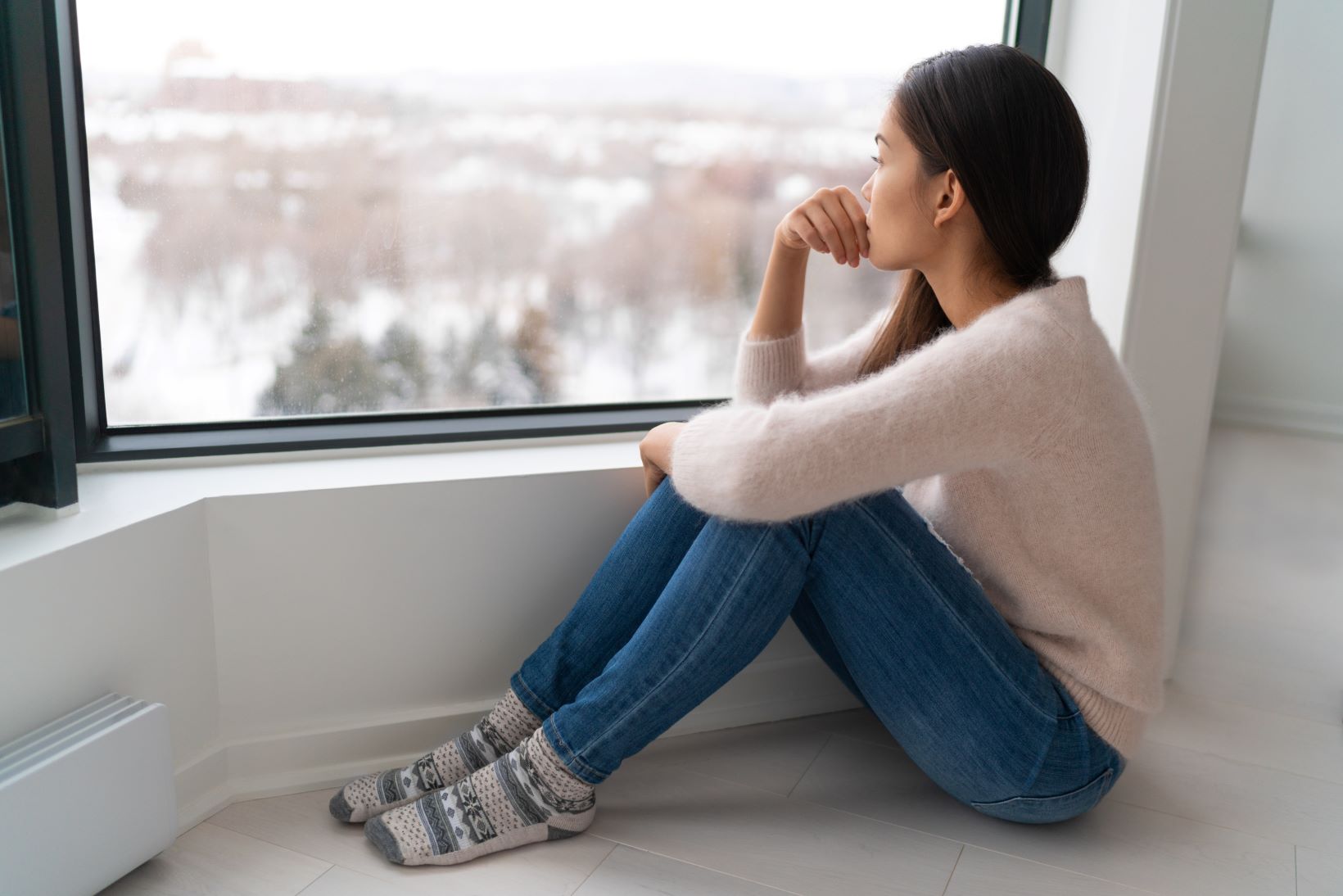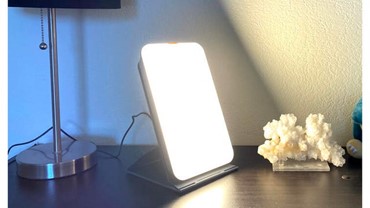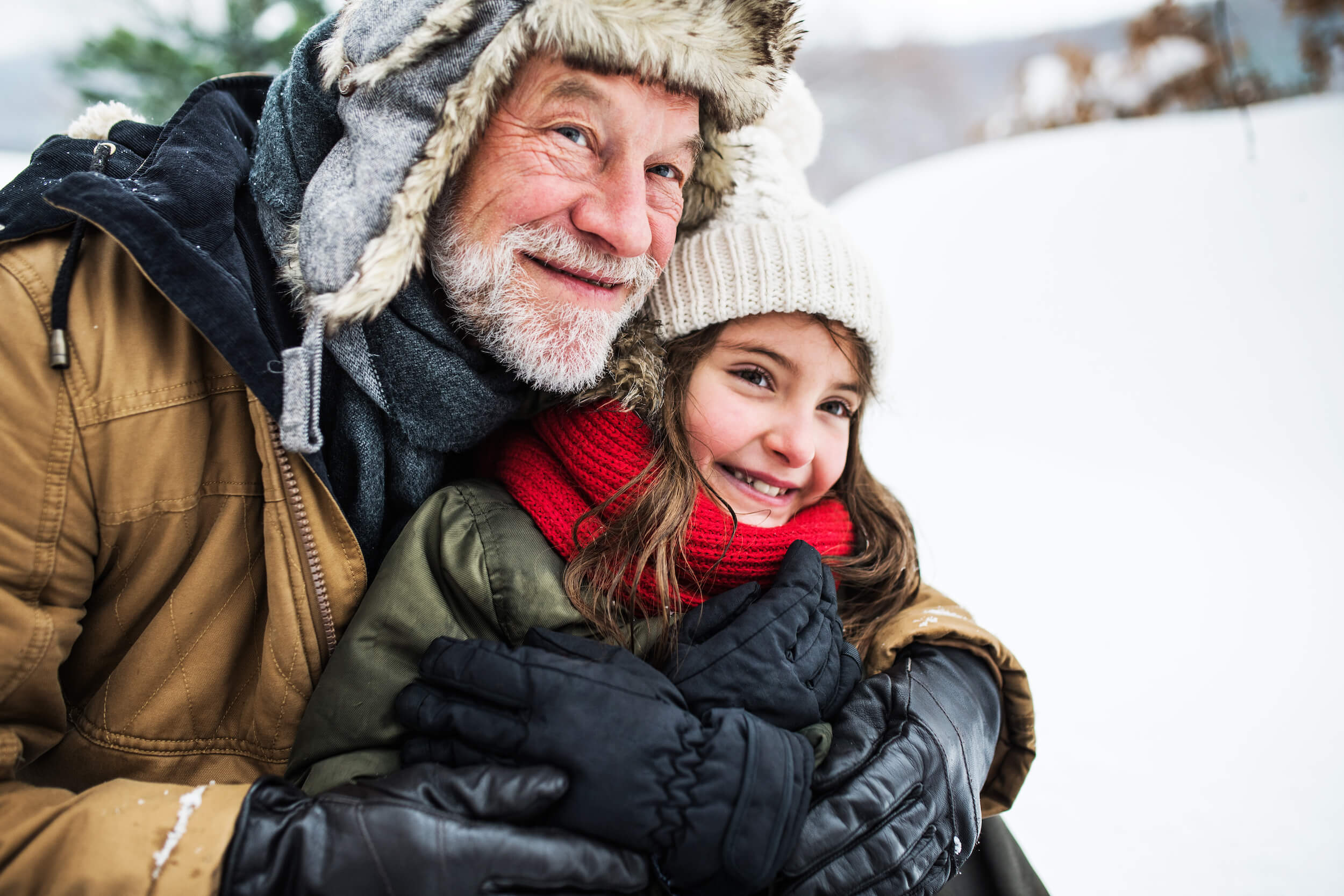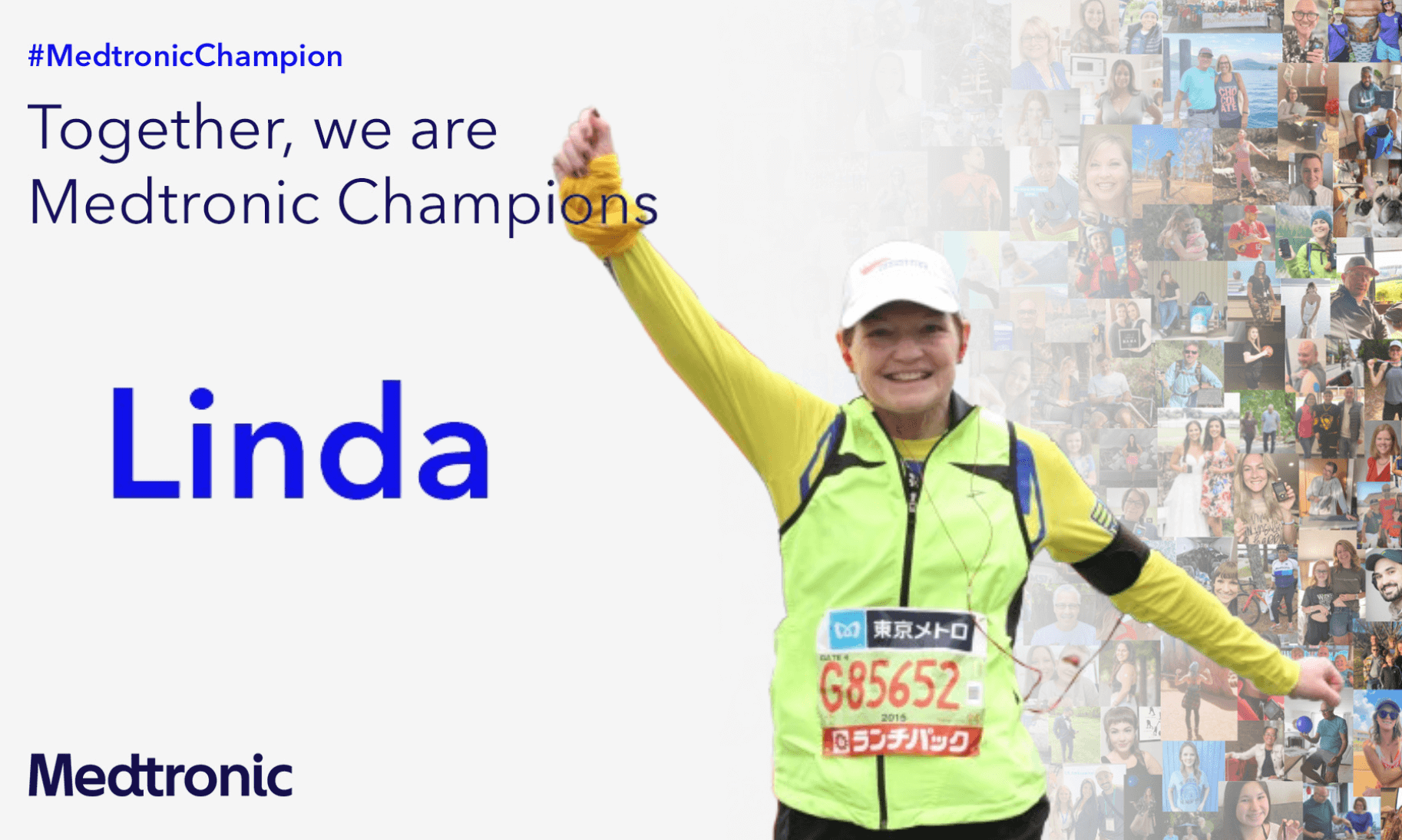What is Seasonal Affective Disorder?

Winter blues and feeling SAD
In the winter months, the days get shorter and many of us live in areas where it’s too cold or too stormy to be outside compared to the rest of the year. If you find yourself starting to drag a bit in the winter with symptoms such as oversleeping, daytime fatigue, carbohydrate craving, and weight gain, your healthcare provider may discuss Seasonal Affective Disorder (ironically abbreviated as SAD) with you.1
The term Seasonal Affective Disorder first appeared in print in 1985 and is also sometimes called winter depression, winter blues, or the hibernation reaction.2 Since the condition seems to stem from a lack of bright light in the winter, one proposed treatment is to add more light into your life.3
Alternatives to sunlight
You don’t need the sun to come back to potentially decrease the symptoms of SAD. Exposure to 10,000 lux of light has been shown to help improve your winter blues.3 There are special light boxes you can purchase that encase the fluorescent bulb in a box with a diffusing lens (to filter out ultraviolet radiation). These lamps contain fluorescent bulbs with color temperatures between 3000- and 6500-degrees Kelvin. The lower color temperatures produce "softer" white light with less visual glare, while the higher color temperatures produce a "colder" skylight hue.

The light box is intended to be used at eye level for short 30-minute periods of time in order to illuminate the lower half of the retina (which is rich in photoreceptors thought to mediate the antidepressant response). One ophthalmologic examination of a group of patients showed that the light therapy helped lead to seventy-five percent clinical remissions.4
Bundle up and get outside
Because light therapy doesn’t work for everyone, another non-prescription option is exercise. Increase your outdoor activities, particularly on sunny days. The combination of physical activity with light can be a particularly effective form of depression therapy. Physical activities don’t need to be intense. It could be something as simple as taking your dog on a long walk (after the roads/sidewalks are plowed). Or going sledding with your kids!
As with everything, there are other treatments your healthcare professionals can discuss with you based on your specific needs to banish those winter blues.
References
National Library of Medicine. (n.d.). Seasonal affective disorder. https://medlineplus.gov/seasonalaffectivedisorder.html
The Recent History of Seasonal Affective Disorder (SAD) | The History of modern biomedicine. (n.d.). https://histmodbiomed.history.qmul.ac.uk/witsem/vol51.html
Seasonal affective disorder treatment: Choosing a light box. (n.d.-b). Mayo Clinic. https://www.mayoclinic.org/diseases-conditions/seasonal-affective-disorder/in-depth/seasonal-affective-disorder-treatment/art-20048298
Gallin PF, Terman M, Remé CE, Rafferty B, Terman JS, Burde RM. Ophthalmologic examination of patients with seasonal affective disorder, before and after bright light therapy. Am J Ophthalmol. 1995 Feb;119(2):202-10. doi: 10.1016/s0002-9394(14)73874-7. PMID: 7832227.



